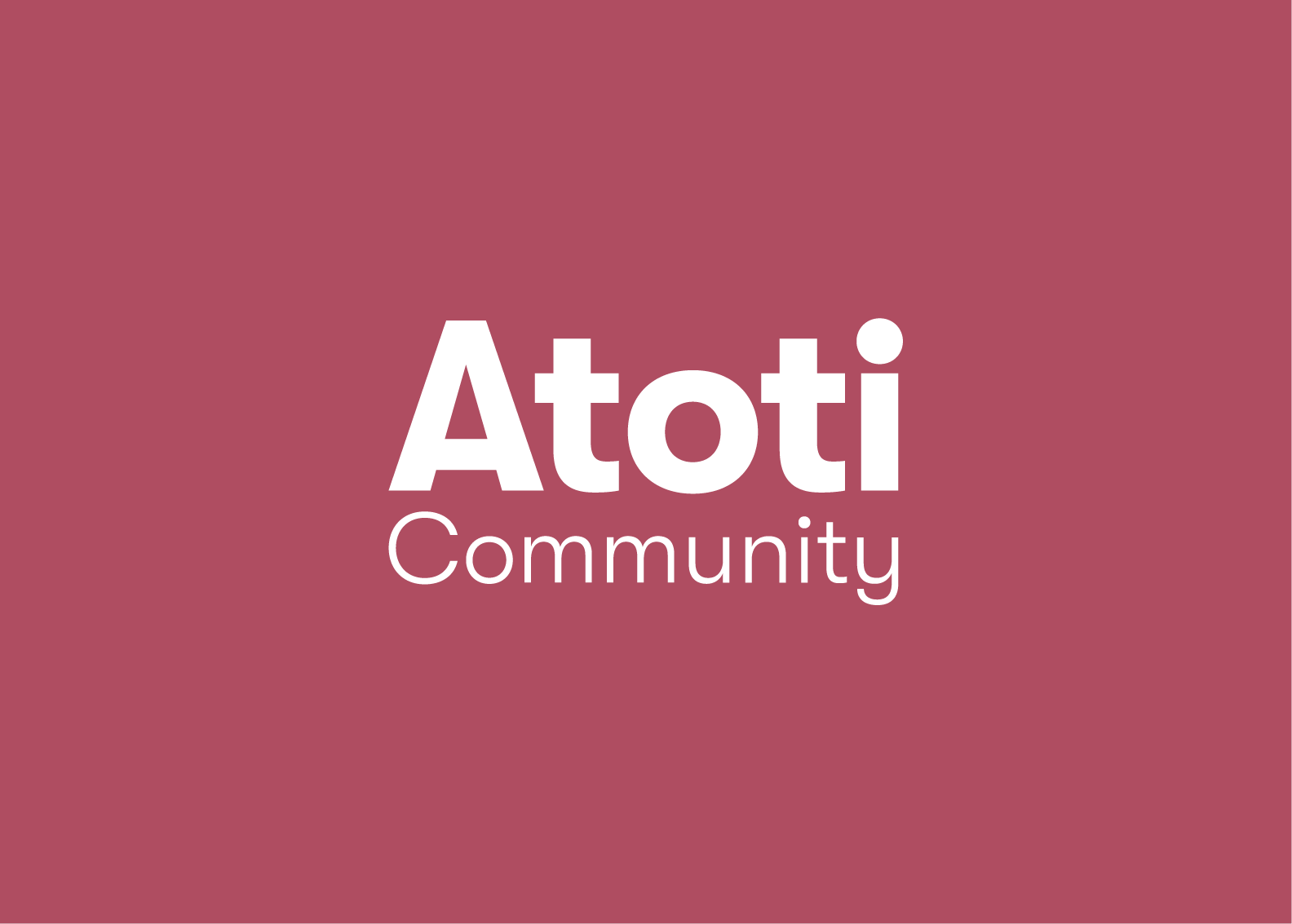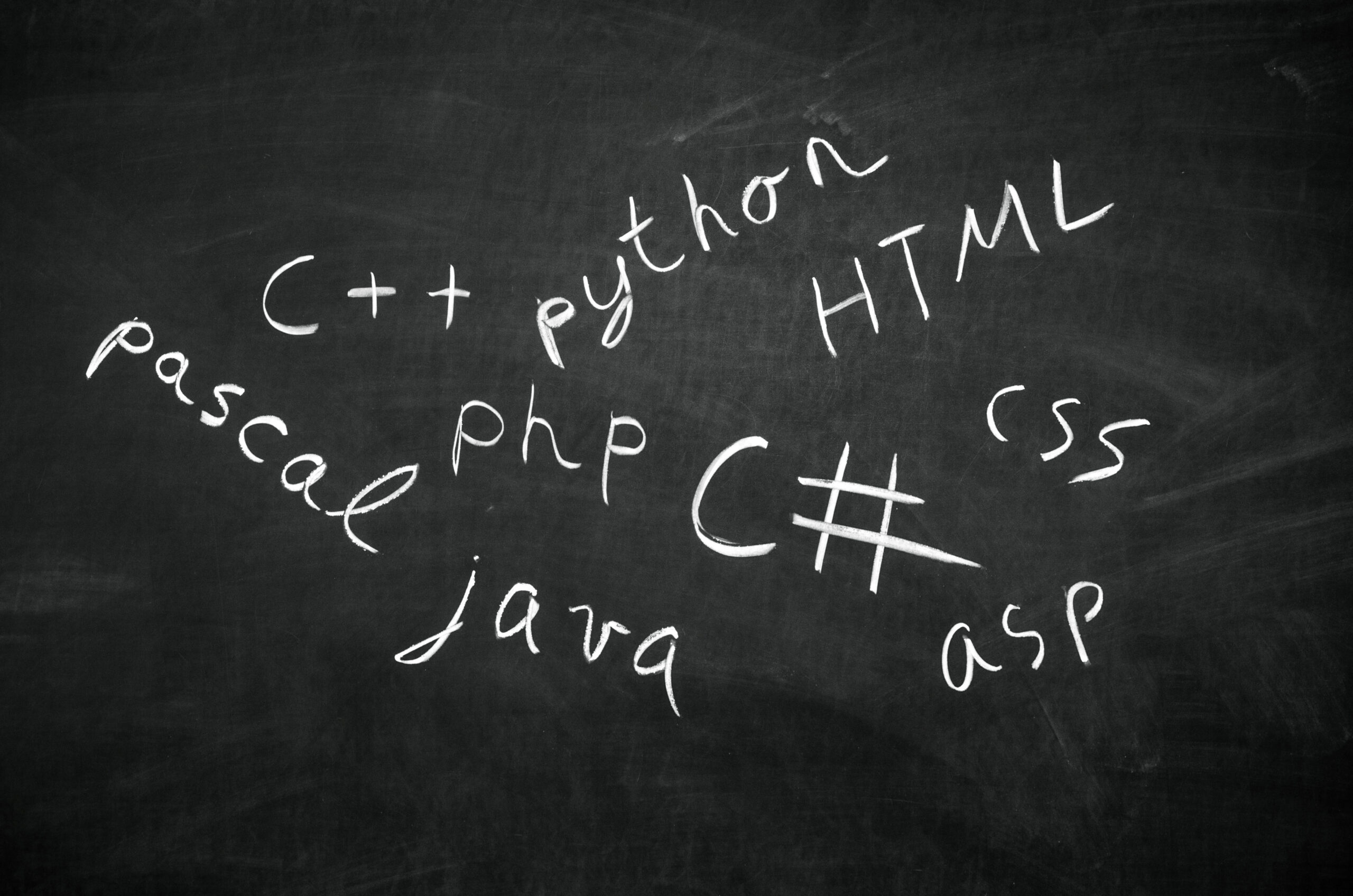I want to encourage women to compete in a field that is predominantly dominated by menI want to encourage women to compete in a field that is predominantly dominated by men
I first met Parul Pandey when I attended this workshop — Building a BI App using a Python module — organized by Women in Coding & Data Science (WiCDS). Parul founded the WiCDS organization in 2020. In just a few months, she has single-handedly grown this community to almost 2,000 members on LinkedIn and Slack. While that’s no mean feat, she is also a Data Science Evangelist at H2O.ai, and works on numerous projects as a Kaggle GrandMaster.
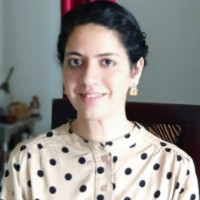
Parul Pandey – Data Science Evangelist – H2O.ai | LinkedIn🔺
𝗜 𝗺𝗶𝗴𝗵𝘁 𝗻𝗼𝘁 𝗯𝗲 𝗮𝗯𝗹𝗲 𝘁𝗼 𝗿𝗲𝘀𝗽𝗼𝗻𝗱 𝘁𝗼 𝘁𝗵𝗲 𝗺𝗲𝘀𝘀𝗮𝗴𝗲𝘀 𝗵𝗲𝗿𝗲 𝗼𝗻 𝗟𝗶𝗻𝗸𝗲𝗱𝗶𝗻…
www.linkedin.com
I talked to Parul to find out more about her career development, her networking activities, the training opportunities she offers for people starting off in data science, and what’s next in her quest to make data science more accessible for everyone.
When I started in data science, I used to feel all alone. There was this strong idea that you need to be from a computer science background or have a PhD in the data science field. However I want to tell people, “you should find your passion and everything will follow.”
Huifang: Can you tell us about your transition from technical team lead to data science evangelist?
Parul: I was an electrical engineer in my previous job. I studied at one of the premier engineering colleges in India. When I enrolled, I remember everybody thought that I had it all. When I started working, I realized that it was a typical nine to five job and, unfortunately, very different from what I was studying.
Then I took maternity leave. For the first time in my life, I had time to refocus my attention and take a break from the office.
I discovered some programming languages like R and approached the open source data science community. I was blown away, because I realized that data science is not just coding, but it’s statistics and it’s about the way you solve problems and visualize data. I just got hooked.
When my son was about a few months old, I was studying all these things at 01:30 or 02:30 in the morning. When I went back to my job, I could no longer focus there, so I quit.
My family and friends were doubtful of my move, but my husband was supportive. He said that I was very lucky to have found my passion. I kept doing courses, small projects and then writing. After three years, I landed a job.
Huifang: What made you want to join H2O.ai?
Parul: I was approached by a few companies but was discouraged by their traditional recruitment process with four or five rounds of interviews. In my mind, since I was writing, I wanted a job where I could keep doing just that. Then H2O.ai reached out and said that they wanted me to keep doing exactly what I was doing if I decided to work for them. So I accepted their offer.
H2O.ai wanted somebody who could act as a voice and as a representative for their brand. The CEO’s vision is to develop a company led by value messaging. So that’s what I am doing: acting as a bridge between the company, the AI community, and customers.
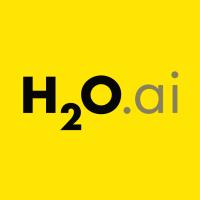
Huifang: What motivated you to become a Kaggle Grandmaster and what does it take to become one?
Parul: H2O.ai has a lot of Kaggle Grandmasters. I looked around and said: what does it take to become one? I used to feel it was impossible, but I worked hard and got my 15 medals in 8 months.
I also wanted to set an example for other women, who might feel it is impossible to become a Kaggle Grandmaster. Thankfully, there has been a great increase in female Grandmasters since then.
Huifang: Can you tell us about your Women in Coding and Data Science Community (WiCDS)?
Parul: I started WiCDS because I’ve always wanted to connect with a global audience. I was part of the Women in Machine Learning and Data Science Hyderabad (WiMLDS), a local group in India, but I was missing that global connection.
Some people said that I created some sort of anti-boys club, but it’s really far away from that. In the first meetup that I organized for H2O.ai, there were 70 people. Out of those attendees, there were just four women. Most of these women asked me questions after the meetup, as they were afraid they could be wrong or out of context.
This also motivated me to start WiCDS, to encourage women to actively participate and compete in a field that is predominantly dominated by men. You have to speak up for yourself.
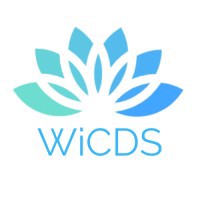
Women in Coding & Data Science | LinkedIn
Women in Coding & Data Science | 2,054 followers on LinkedIn. A collaborative community for women in tech to learn…
www.linkedin.com
Huifang: You are successful in H2O.ai and now you founded WiCDS. What are your future plans and what do you see next in your career?
I want to work for nonprofits helping women land jobs in the data field, which is something that’s really lacking at the moment.
One of my projects is to create a job portal where women can look for jobs and upload their profiles. It could be a one-stop shop for companies looking to hire female candidates in order to increase diversity and inclusion.
I am also working on creating free data courses. I want to share with the world my approach and roadmap to learning data science, which I created for myself when I started off. The courses are going to be interactive notebooks and case studies. I’m hoping to launch them in 2021.
Huifang: Any final words of inspiration for the women starting off in your footsteps?
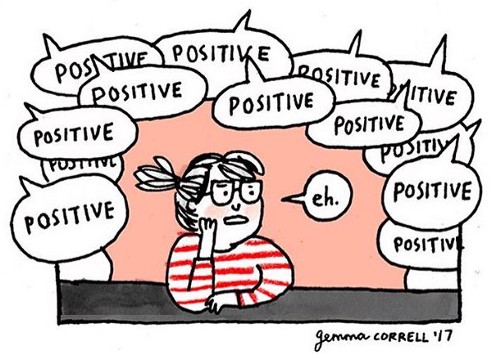
Parul: Believe in yourself. Nobody’s perfect. Everybody is learning in the data science space. It’s a field where you have to learn and unlearn every day. Look at your fellow women for inspiration and motivation, and keep going.
Huifang: And for the men?
Parul: Be open and accommodate. The more diversity we have in machine learning, data science, and artificial intelligence, the better society will be.
Impression of Imposter Syndrome by Gemma Correll
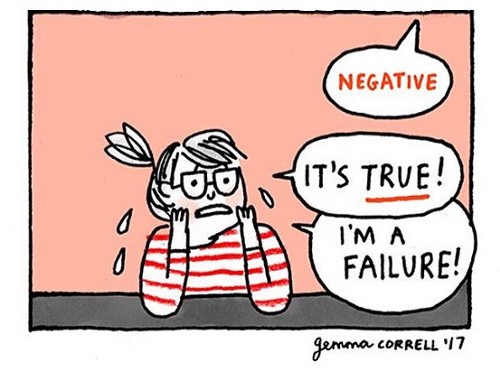
Parul: Be open and accommodate. The more diversity we have in machine learning, data science, and artificial intelligence, the better society will be.
Call-outs for participations
In case you are interested in joining WiCDS, you can fill up this form. To sponsor events and contribute to the diversity effort, feel free to reach out to the team at wicds.org@gmail.com.
Impression of Imposter Syndrome by Gemma Correll
WiCDS is hosting a blogathon for a month from 20th December 2020. Check out this link for more information.

